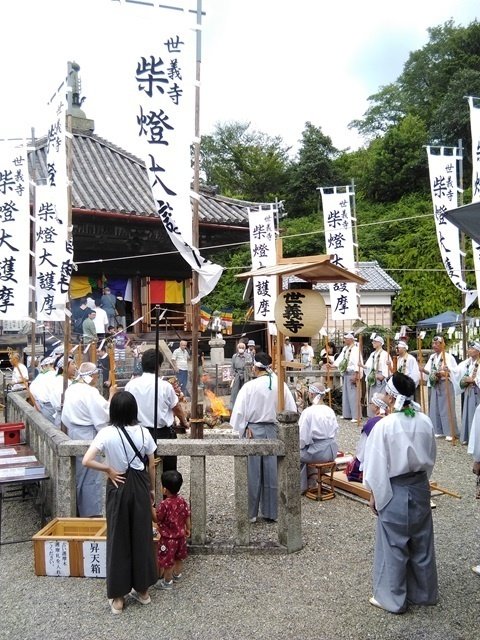
All the Buddhist temples around Ise Jingu were destroyed in the 19th century.
Ise is very different from Kyoto, Nara, and Kamakura. Although there are many shrines in the area, there are very few Buddhist temples.
The reason for this is that about 150 years ago, there was a government crackdown on Buddhism called ``Haibutsu Kishaku,'' and most of the temples were destroyed.
Until the mid-19th century, samurai ruled the government under the shogunate.
However, some samurai and aristocrats, who learned that the Western European powers had become stronger and that China and India had become European colonies, became increasingly aware of the crisis.
Believing that the shogunate's rule would not protect Japan from invasion by the Western powers, they launched a revolution to create a new government centered on the Emperor.
Then, in 1868, a new government, the Meiji government, was established with the Emperor as the ruler.
The Emperor was a descendant of a god, and his ancestor, the sun god Amaterasu Omikami, was enshrined at Ise Grand Shrine.
The first thing the Meiji government tackled was the reform of Ise Jingu.
Many of the temples around Ise Jingu were facilities of Buddhism, a foreign religion that differed from the teachings of Ise Jingu, and were targeted for destruction as they desecrated the sanctity of Ise Jingu.
This is why there are still few temples in Ise City, and there are no Buddhist statues or buildings of historical value.

Buddhist blessing prayer events still continue today.
